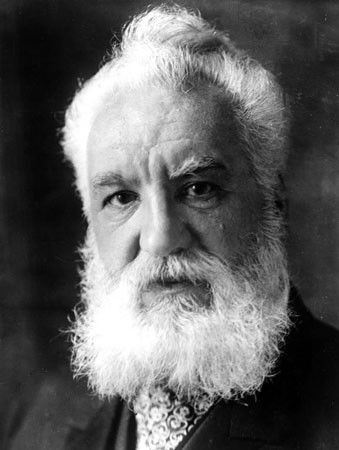
“Execution of Mary, Queen of Scots” by Robert Herdman, 1867
Mary, Queen of Scots is one of Scotland’s best known monarchs. She is also renowned for her involvement in plots and murder. Elizabeth I had Mary beheaded for treason on Wednesday, 8th February 1587.
Born on 2nd December 1542 at Linlithgow, she came to the throne as an infant, ruled France when only 16, lost her husband at 18, married two men who helped murder their rivals and came close to ruling all of Britain 35 years before her son, James VI of Scotland, was also crowned King James I of England on Elizabeth I’s death.
Turbulent Times
During the 16th century, Scotland witnessed great religious, political, social and economic change in the form of the religious Reformation and frequent power struggles between rival political factions. Mary had ascended to the Scottish throne when she was six days old but in 1548 was sent to France as the prospective bride of the French Dauphin, Francis, whom she married in 1558. She returned to Scotland to resume control in 1561, after Francis’s death. Mary’s reign was beset by plots and religious struggles. Although Mary had stated she had no particular wish to rule how her subjects should worship, she came under considerable attack from John Knox – the religious reformer.
Murderous Intent
The Catholic nobleman Lord Darnley, Mary’s cousin and second husband, was involved in the murder of her private secretary David Rizzio and was then strangled at Kirk o’ Field in 1567 by the Queen’s favourite James Hepburn, 4th Earl of Bothwell. They also blew up the house he was staying in.
Open Rebellion
Bothwell and Mary were married in a Protestant ceremony in 1567, an act which turned Scottish noblemen against her and led to open rebellion. Mary’s troops were defeated at Carberry Hill in June 1567 and she was forced to surrender, abdicating in favour of her son, James VI, who was crowned at Stirling. She escaped from her prison at Lochleven in May 1568 and gathered an army of 6,000 but was defeated again at Langside.
To England
Fleeing, Mary crossed the Solway Firth seeking refuge at the court of her cousin Queen Elizabeth I. She hoped for asylum and assistance from her cousin, but she was mistaken. In 1568, in York and Westminster, Mary’s representatives and opponents, debating her alleged complicity in Darnley’s murder, failed to reach a formal decision as to whether she should be restored to the Scottish throne. Elizabeth did not find in Mary’s favour. Mary was detained in England for 19 years before her execution on 8 February 1587. She feared that Mary would be a focus for catholic rebellion, especially after the Pope declared that if a catholic murdered Elizabeth, they would not be guilty of any sin.
 More Plots
More Plots
At first her imprisonment was relatively easy, but the continued plotting of catholic sympathisers forced Elizabeth to act. The more frequent the plots against Elizabeth, the greater the pressure on her to act against Mary. She was arrested for being involved in her page Babbington’s plot to murder Elizabeth I, which would have led to her becoming Queen of England, being next in line to that throne. Mary was tried and found guilty of treason by conspiring against the English queen in 1586. But Elizabeth still hesitated to sign Mary’s death warrant.
Final Days
Elizabeth was persuaded by Parliament and her councillors to do so on 1 February 1587.
Mary had been told of her execution on the afternoon of 7 February. Her last letter was completed at two o’clock in the morning on Wednesday, 8 February 1587, six hours before her execution at Fotheringhay Castle. It was to Henri III, her former brother-in-law, then King of France. In it Mary states that she is being put to death for her Catholic religion and her right to the English crown. She also asks him to take care of her servants.
Beheading
Mary was beheaded at Fotheringay Castle at 8.00am on Wednesday 8 February 1587, aged 44. At the Execution, Mary was heard to intone ‘Into thy Hands O Lord, do I commit my Spirit’. In the presence of the Commissioners and Ministers of Queen Elizabeth the executioner struck Mary with his axe, and after a first and second blow by which she was barbarously wounded, he cut off her head with the third stroke. She was first interred in Peterborough Cathedral, but later, in 1612, James VI had her remains removed and entombed in Westminster Abbey.
Lots more for teachers via this attachment Investigating Mary Queen of Scots.





















































 Evaluation & moderation is an integral part of the project. Exemplars of pupils’ work will then be used during InSET on as the basis for a school Art & Design moderation. Scran continues to provide support, subject specific knowledge and will also be doing
Evaluation & moderation is an integral part of the project. Exemplars of pupils’ work will then be used during InSET on as the basis for a school Art & Design moderation. Scran continues to provide support, subject specific knowledge and will also be doing 
